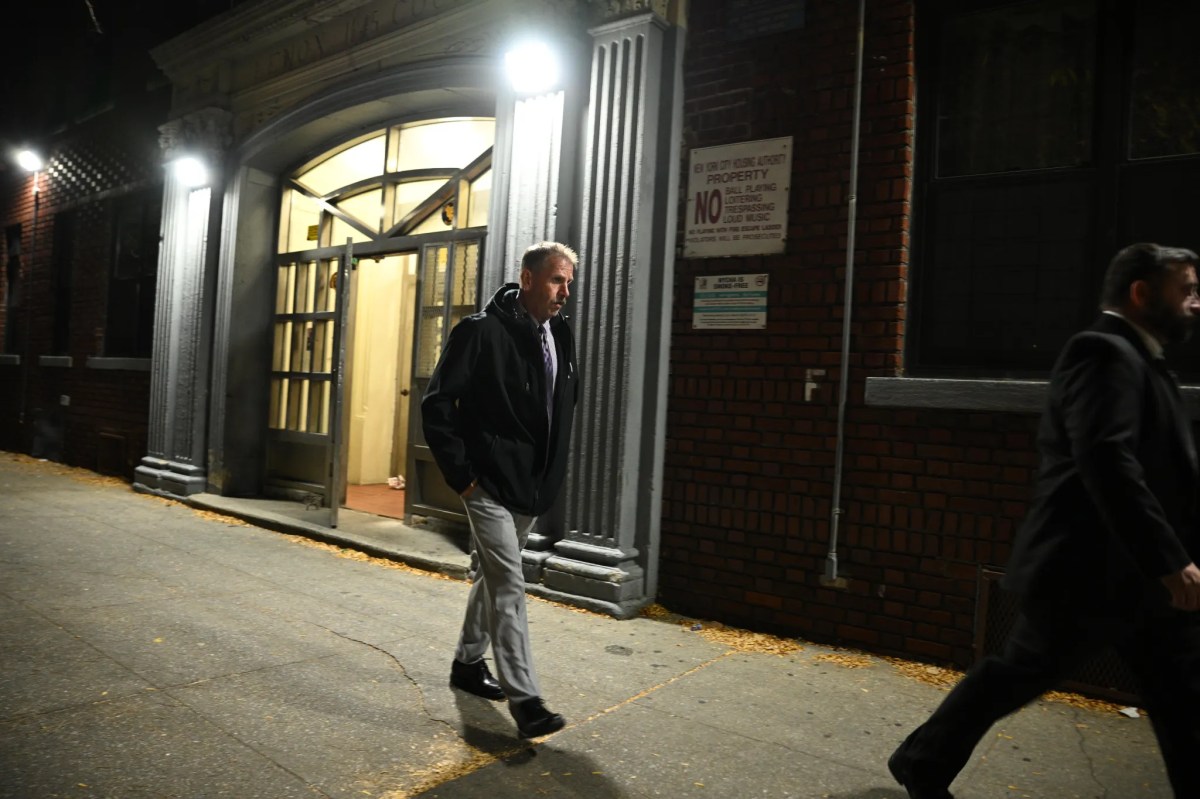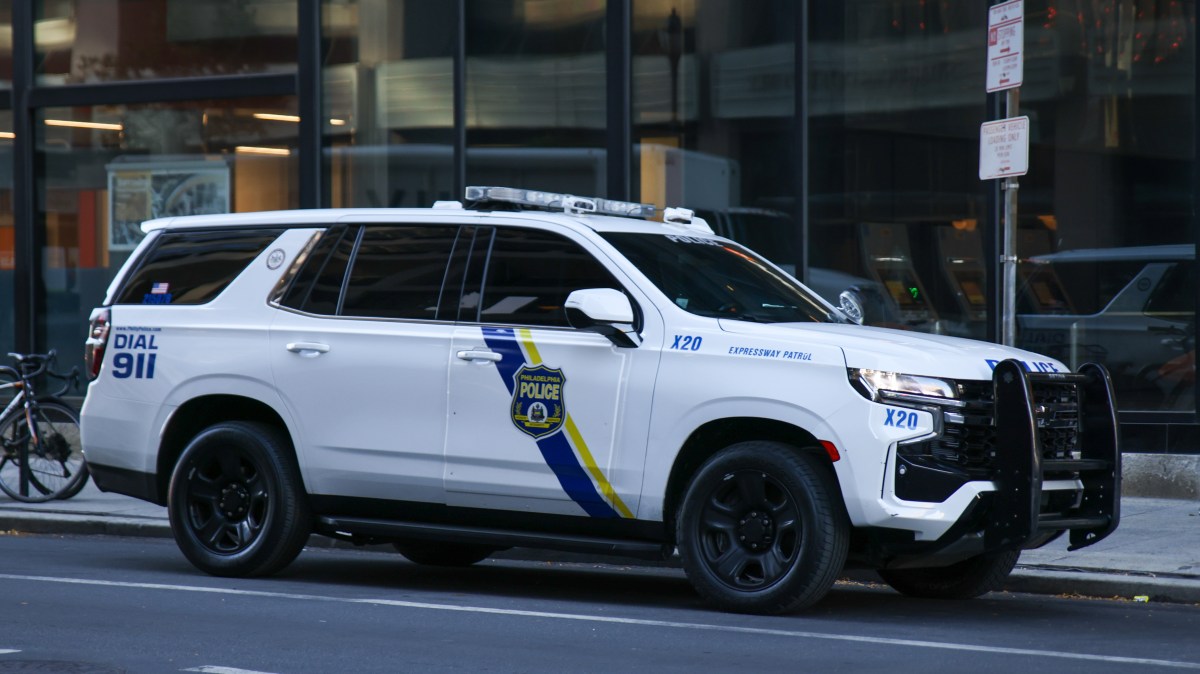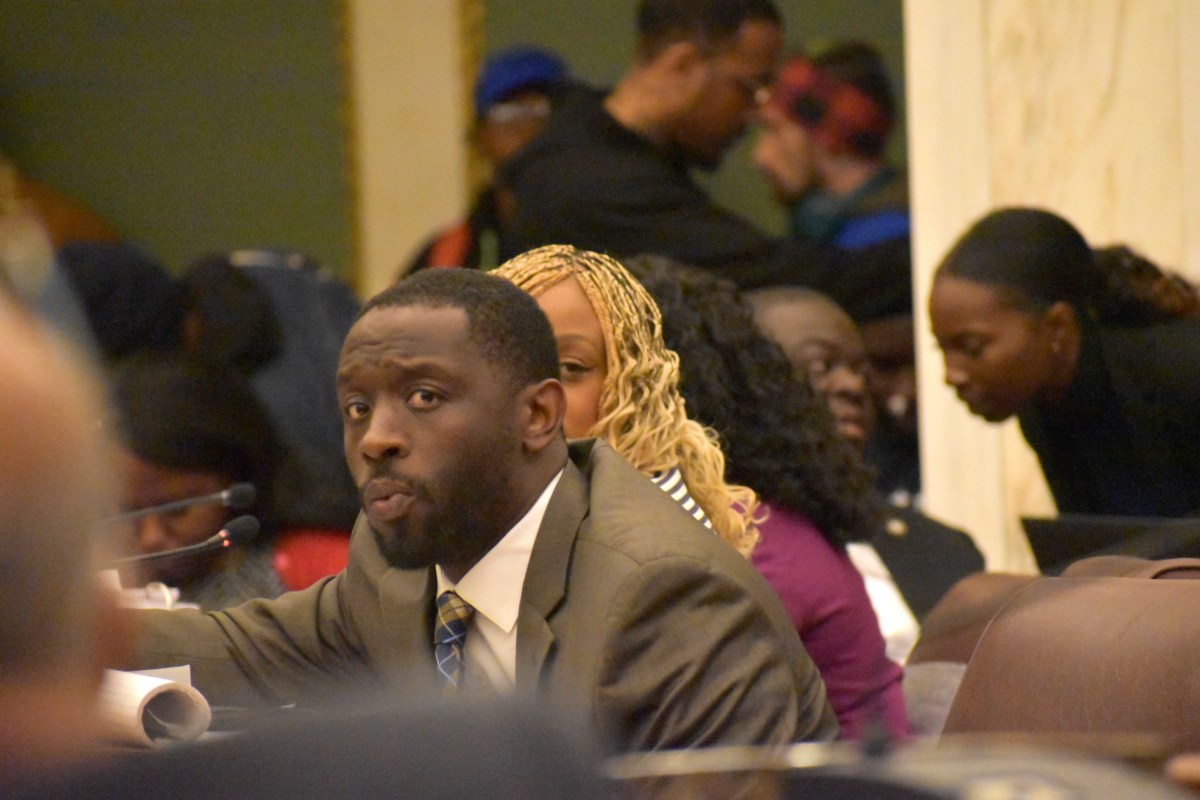Most people who have seasonal affective disorder (SAD) — a recurring pattern of low energy and mood — experience it in the winter. It makes sense: shorter days and less sunshine is already a recipe for blues in those who aren’t prone to depressive episodes. But, contrary to popular belief, seasonal affective disorder can also occur in the summer.
An estimated 10 million Americans experience seasonal affective disorder, or what the National Alliance on Mental Illness (NAMI) calls “Major Depressive Disorder with a Seasonal Pattern.” Another 10 to 20 percent have mild SAD — and one-tenth of overall cases occur in the summer, Caroline Fenkel, MSS, LCSW, told Metro.
This is sometimes referred to as “reverse seasonal affective disorder,” according to Fenkel, a psychotherapist at Newport Academy and Center for Families.
She broke down the causes, symptoms and potential treatments for summer SAD so that you and your loved ones can stay informed when the heat comes knocking.
Cause of summer seasonal affective disorder
Women are four times more likely than men to be diagnosed with seasonal affective disorder, according to the National Institute of Mental Health (NIMH), and younger adults are also at higher risk of experiencing it.
“While winter SAD is linked to a lack of sunlight, summer SAD may be due to too much sunlight, which throws off melatonin production,” Fenkel explained. “Melatonin is closely related to the production of the neurotransmitter serotonin, which helps control mood.”
Another cause could be lack of sleep. Experts, Fenkel said, theorize that people stay up later in the summer, and this “disrupts their circadian rhythms—thereby affecting mood.”
“Researchers have found that people with clinical depression have disrupted circadian rhythms across brain regions,” she continued, “indicating that the ‘body clock’ plays a significant role in mental health.”
Summertime also calls for vacations and changes in routine, which can contribute to seasonal affective disorder as well, Fenkel said, because it disrupts work, sleep and eating habits. Additionally, body image issues, she explained, “become more distressing during the warm months when layers come off and clothes are more revealing.”
Summer seasonal affective disorder symptoms
Symptoms of summer seasonal affective disorder include:
o Losing interest in activities you once enjoyed
o Low energy levels
o Trouble sleeping
o Change in appetite or weight
o Difficulty concentrating
o Consistently feeling hopeless, worthless or guilty
How to treat summer SAD
Seasonal affective disorder is usually treated with antidepressant medication such as bupropion, as well as forms of therapy.
Fenkel urged those who are feeling signs of depression to see a doctor or mental health professional to come up with the best potential treatment plan moving forward — especially since, she stressed, research shows suicide rates “most commonly peak in the late spring or summer.”
While people experiencing seasonal affective disorder in the winter are usually treated with light-box therapy, those with summer SAD are advised to darkened their windows in the evening, Dr. Marc Romano told Metro last year.
Most importantly, Fenkel concluded, “don’t suffer with the symptoms.” Focus on getting “enough sleep, exercise regularly, and plan ahead to find ways to alleviate stress during the summer.”

























